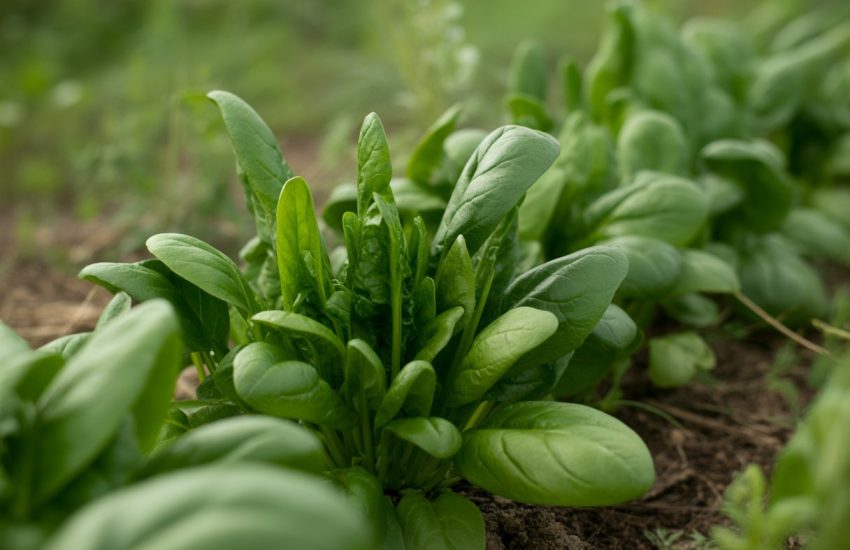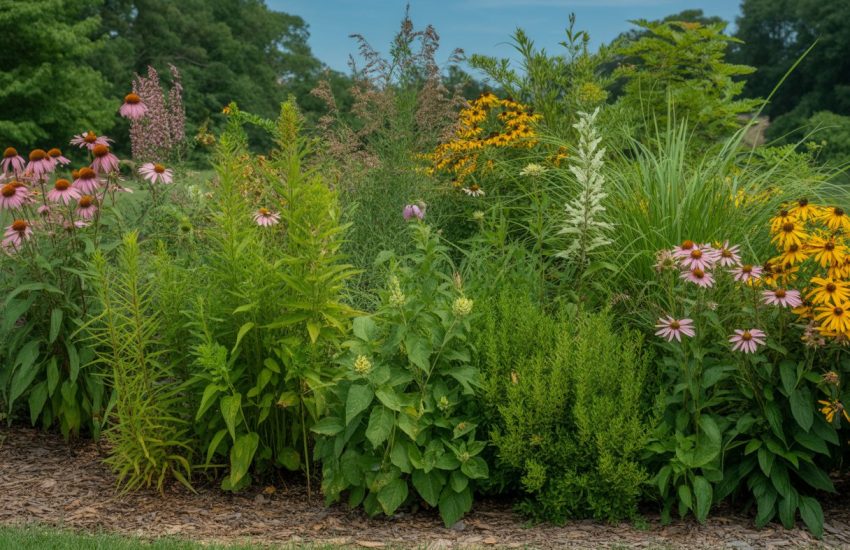Magnolia Tree Growth Rate: How Fast Do Magnolia Trees Grow?
Magnolia trees are a popular choice for landscaping due to their beautiful flowers and unique foliage. However, before planting a magnolia tree, it is important to understand its growth rate. The growth rate of a magnolia tree can vary depending on the species, climate, and growing conditions.

The Southern magnolia, also known as Magnolia grandiflora, is a slow-growing tree that can take up to 10 years to reach its full height of 80 feet. On the other hand, the Little Gem magnolia, a smaller species, can reach its full height of 20 feet in just 10 years. It is important to consider the growth rate of the magnolia species before planting to ensure it fits the desired landscape and space.
Understanding the growth rate of a magnolia tree is also important for maintenance purposes. Slow-growing magnolia trees may require less pruning and maintenance, while faster-growing magnolia trees may require more frequent pruning to maintain their shape and size. Overall, understanding the growth rate of a magnolia tree is essential for successful planting and maintenance.
Factors Influencing Growth Rate

Magnolia trees are known for their beautiful and fragrant flowers, and their lush foliage. However, the growth rate of magnolia trees varies depending on several factors. In this section, we will discuss the factors that influence the growth rate of magnolia trees.
Soil and Water Requirements
Magnolia trees prefer well-drained, acidic soil that is rich in organic matter. They can tolerate moist or dry soil, but they do not do well in waterlogged soil. Magnolia trees require regular watering, especially during the first few years of growth. However, overwatering can lead to root rot and other problems, so it is important to water the tree only when the soil is dry.
Sunlight and Shade Considerations
Magnolia trees require full sun to partial shade to grow properly. They can tolerate some shade, but too much shade can lead to weak growth and poor flowering. If the tree is planted in an area that receives too much shade, it may need to be pruned to allow more sunlight to reach the tree.
Climate and Temperature Impact
Magnolia trees are native to temperate and subtropical regions, and they prefer a warm, humid climate. They can tolerate cold temperatures, but they may not grow as well in areas with long, harsh winters. In areas with cold winters, it is important to choose a hardy variety of magnolia tree that can withstand the winter temperatures.
In conclusion, the growth rate of magnolia trees is influenced by several factors, including soil and water requirements, sunlight and shade considerations, and climate and temperature impact. By providing the tree with the right conditions, it is possible to ensure that it grows healthy and strong, producing beautiful flowers and lush foliage for years to come.
Cultivation and Care
Planting and Initial Care
Magnolia trees can be planted in the fall or spring, but it is best to avoid planting during periods of extreme heat or cold. When planting, it is important to choose a site with well-draining soil and full sun to partial shade. Dig a hole that is twice as wide as the root ball and just as deep. Place the tree in the hole and backfill with soil, making sure to tamp down the soil around the root ball to remove any air pockets. Water the tree thoroughly after planting and add a layer of mulch around the base of the tree to help retain moisture.
Ongoing Maintenance and Pruning
Magnolia trees require little maintenance once established, but regular pruning can help maintain the tree’s shape and promote healthy growth. Pruning should be done in late winter or early spring before new growth appears. Remove any dead or damaged branches and thin out any crossing branches to improve air circulation and sunlight penetration. Avoid pruning more than one-third of the tree’s total foliage in a single year.
Fertilization and Mulching
Magnolia trees benefit from regular fertilization and mulching. Fertilize the tree in the spring with a slow-release fertilizer formulated for acid-loving plants. Apply the fertilizer around the drip line of the tree and water thoroughly. Mulch around the base of the tree with a layer of organic material, such as shredded leaves or bark, to help retain moisture and suppress weeds.
Overall, magnolia trees are relatively low-maintenance and easy to care for. With proper planting, pruning, and fertilization, these trees can provide years of beauty and enjoyment in the landscape.


